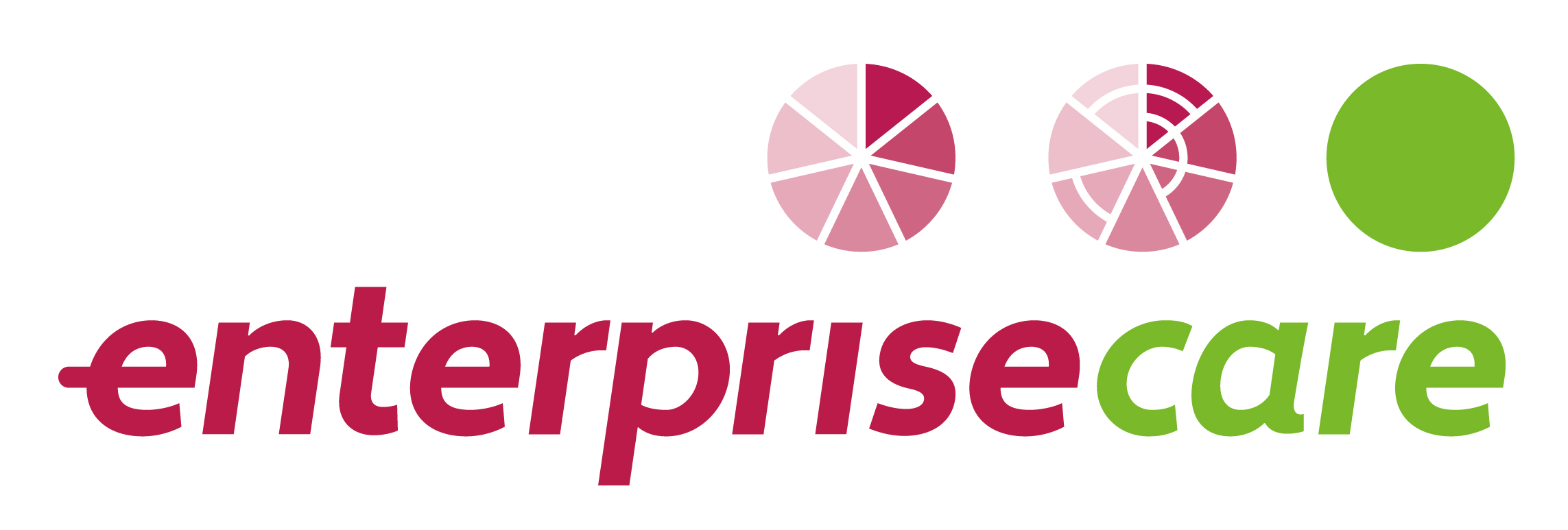A new and uncertain era of workforce transformation is upon us. The way we work, where we work, how we work, why we work, and what we expect from work, are all factors that are in a state of flux. Yet while these changes continue to evolve, it is clear we have moved beyond the status quo.
It is easy to observe that as a consequence of significant changes in job skills and performance levels, and due to the changing nature of how people work, everything related to compensation and reward is challenged and new strategies are required to be explored and adopted.
Take as for instance, there are a growing number of jobs that have changed drastically in the last couple of years at a skills level. Not that some of these changes occurred very quickly, but in some instances, those changes have meant that they do not even resemble the same position in prior years!
So, shouldn’t these ‘new’ positions be now evaluated and remapped using the latest survey data?
Up to date findings on Employee Priorities
According to the recent ELMO Employee Sentiment Index, which offers an insight into the actions, attitudes, and behaviours of Australian workers:

Source: Q2 2022 ELMO Employee Sentiment Index: Australia
Workforce planning and compensation strategy
Talent shortages and cost of living pressures are continuing, causing pressures on salary budgets. More and more NFP CEOs are talking about this as a critical issue needing to be addressed to ensure their organisation remains sustainable.
The NFP sector desperately needs a new way of thinking as part of their compensation and reward strategy, and to ensure the data and information being used is timely for sound decision-making.
Do you and your organisation know what it takes to compete for those skills?
- Mapping out your current and future talent needs is a good first step.
- Remain abreast the latest comprehensive pay and talent trends –
- Do you fully understand how the talent market is moving in the NFP sector?
- How do your competitors pay people in similar roles?
- What are others now paying their employees across the same position levels?
- Make your rewards programs more innovative –
- Do we have a rewards program?
- Can we afford not to have a rewards program in operation?
- What are the various measures we need to identify and consider as part of a valuable performance recognition, and incentives program?
- Should we involve our current employees in developing a rewards program?
- What aspects of the compensation strategy is needed to be communicated with staff?
Market competitive strategy for recalibrating your compensation and reward program
All indicators as well as feedback is already suggesting that organisations now must look to accommodate larger salaries in 2022 than first budgeted for. Many CEOs are facing mounting and difficult challenges both in their organisations trying to attract, as well as retain staff.
While budgets will be strained, so too will the likelihood of delivering the strategy. The knock-on dilemmas are painful, but all too real. Hence, the bottom line now is every organisation needs to have a clear and market competitive strategy for recalibrating their compensation and reward program. In addition, then when it comes to awarding pay increases, how is this justified and communicated needs to be addressed upfront.
Equipped with rich and reliable trend data, your organisation’s compensation strategy and workforce planning will be more effective in the face of so many head-on challenges. Rather than ignoring or treating these increases as being either unjustified or unjustifiable, it needs a professional approach.
Your solution requires a true alignment of organisational values, validity based on good data, and sound compensation and rewards management, to ensure your organisation, employees and stakeholders are fully aligned and completely supportive of the approach.
How do you do this?
The bad news: There is no quick fix. There is no shortcut. No substitution.
The complex labour market we have seen in the last couple of years points us to one thing: quality salary survey data is the solution for you to remain competitive.
The good news: Investing some time to build a compensation model using quality data and getting it right, will pay dividends in the long run.
FY23 Salary Survey is Open
At Enterprise Care, we are passionate about NFP salary data that offers timely clarity and insights that helps you make informed professional decisions so that you can continue to be one step ahead of your competitors.
As the most trusted remuneration resource for the NFP sector since 1999, we know the incredible value our FY23 data offers in addressing staff uncertainties and disruptions.
Furthermore, we’re excited about the additional enhancements made to how you access and gather insights into our NFP data. It just gets better than ever! Thanks to leading-edge enhancements over the last couple of years, we have streamlined the survey participation process and created a platform for leveraging data submission.
With this expanded data collection capability, please help us to help you with our FY23 NFP Salary Survey.
Contact us if you have any questions about the survey or how to submit your data more seamlessly.

